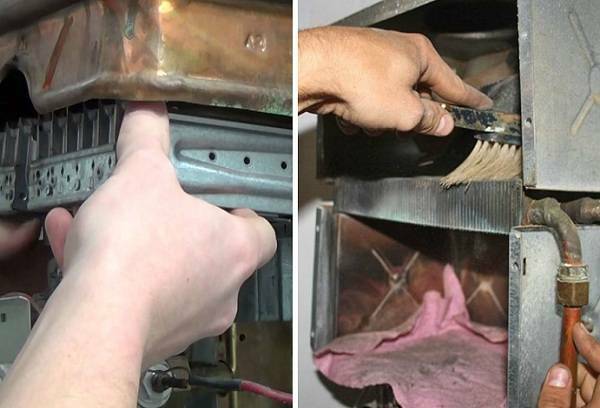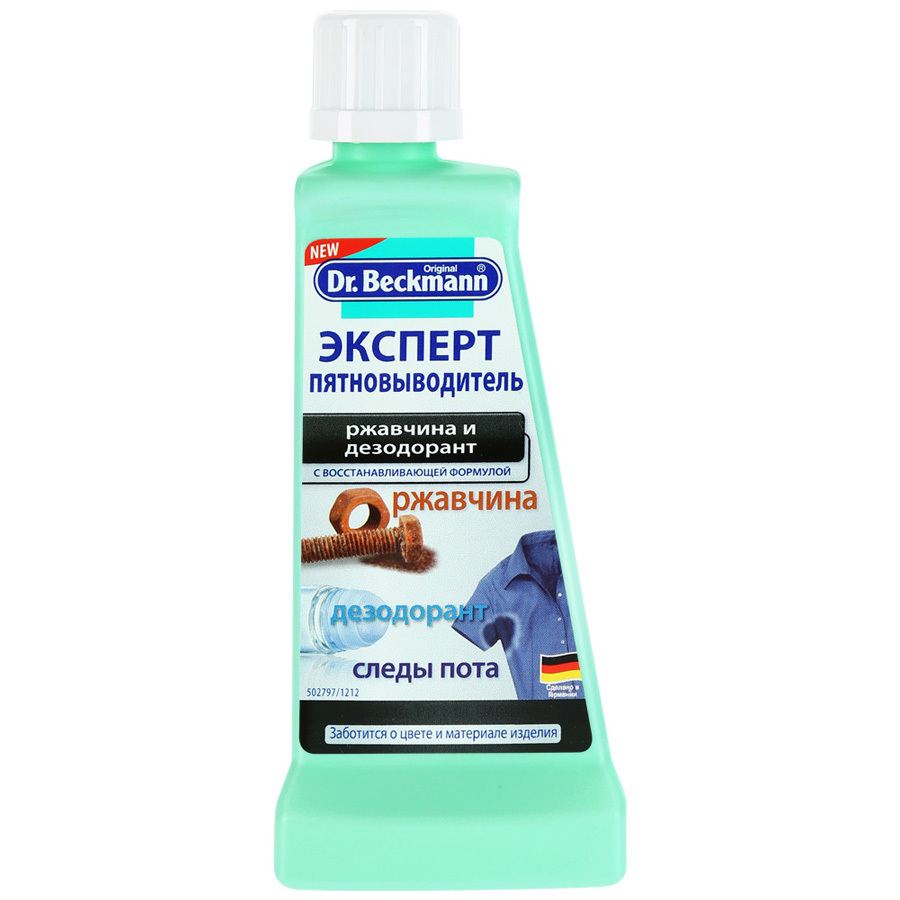Contents:
- Why clean the gas column and how to understand that this procedure is necessary?
- Simple and effective pollution prevention
- Cleaning rules for the water intake unit and heat exchanger
- What can be used to remove carbon deposits?
The presence of a gas column in the house significantly simplifies the lives of residents who do not have to suffer in the event of a hot water shutdown. The only thing the owners of the device will have to learn how to clean the gas column, otherwise you will have to call a specialist every time there is a suspicion of contamination of its elements.
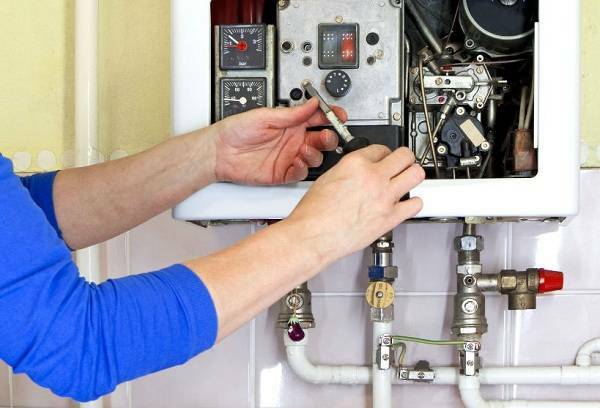
In general, any device that operates on natural gas must be inspected regularly for signs of scale or carbon deposits. At home, it's possible to blow out the construction radiator by yourself, clean the heat exchanger, remove the soot. You just have to follow the sequence of actions and adhere to safety rules.
Why clean the gas column and how to understand that this procedure is necessary?
Tap water contains an impressive amount of mineral salts, which under the influence of high temperatures are modified, which leads to the formation of scale on the walls of the elements. As a result of the narrowing of the luminaries of already narrow elements, there are failures in the design. To understand that cleaning the gas column is necessary, it is possible on the following grounds:
- The device does not turn on at all or turns off on its own, after working for an insignificant period of time.
- The structure of scale is such that its porous texture has thermal insulation properties, because of what the column unusually slowly cools. On many models there are thermal protection sensors, which constantly work.
- The performance of the device is reduced, even if the burner is operating normally.
- Head loss at the exit from the column as a result of narrowing the lumens of the tubes with layers of scale.
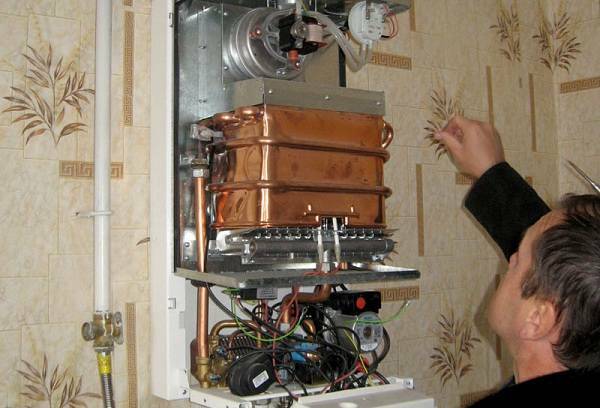
Advice: Before attempting to clean the gas column with your own hands, it is necessary to cut off the water and gas supply to the pipes. Even if this can be done directly on the structure, it is better to be safe and block the current of substances on the pipes themselves.
Home craftsmen should remember that work that requires disassembly of the gas part of the column can only be carried out by specialists in this field. Any rash action in this area can lead to an accident.
Simple and effective pollution prevention
Practice shows that the radiator, water intake and heat exchanger parts can be cleaned much less frequently( or do not have to) if the water softening options are provided:
- Installing the filter will allow you to collect most of the scale. And to clean or even replace this part is much easier than to process all parts of the column.
- You can try installing an electronic water softener. A unique stand-alone device is attached directly to the water pipe, acting on the water flow. The scale is formed much more slowly, even with intensive use of the column.
- To prevent blocking of the gas part of the column with carbon and soot, it is recommended to regularly check and clean the nozzles( burner and pilot holes).
Even the above-mentioned techniques are sufficient to improve the quality of the gas column, increase the term of its operation. If the time has elapsed a lot since the beginning of the use of the device, or if the above methods have not helped, it will be necessary to clean the available structural elements.

Rules for cleaning the water intake unit and heat exchanger
The water intake unit is located at the inlet of the water conducting system and consists of two parts: a strainer, preventing the clogging of the heat exchanger tubes by rusting pieces, and a membrane responsible for gas supply when the water is turned on.
To clean the structure with your own hands, you need to perform the following manipulations:
- We extract the water intake unit from the body of the structure, having previously unscrewed the screws that hold its parts.
- The filter is cleaned, after which it must be rinsed under a strong head of water.
- Be sure to evaluate the state of the membrane, it must be absolutely flat. The presence of deformation indicates the need to replace the part. Today, very popular replaceable silicone membranes, which are able to serve much longer than traditional analogues.
- We collect the cleaned structure. Thus screws it is recommended to tighten opposite, then the membrane will be stretched evenly.
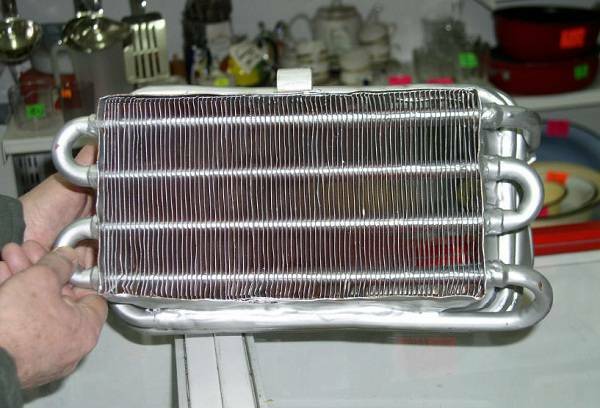
Cleaning of the heat exchanger consists of the following steps:
- We extract the water filter and clean it with the help of the "Silit" or its analogue.
- We twist the pipes at the inlet and outlet, remove the apparatus and turn it upside down.
- Using a rubber bulb, pour half a liter of vinegar into the heat exchanger and leave the structure for a couple of hours, waiting for the dissolution of the scale.
- Merge the composition, the element is placed in its original place. Under the column we put a deep container, after which we start the water. It should wash the inside of the heat exchanger. Continue the manipulation until the water becomes clear. We connect the remaining pipes and check the quality of the column.
To clean the radiator, you can use the most common vacuum cleaner without detergent functions. You just have to walk on the surface of the element, until the soot and soot at the maximum will not come down.
How can I remove carbon deposits?
At home, to get rid of carbon deposits, you can only clean the jets. To do this, take a thin metal wire and break all the holes. Soot from the surface is cleaned with a metal brush. Additionally it is recommended to make sure there are no gas leaks. To do this, we prepare a soap solution with a dense and abundant foam. We put it on suspicious areas( connecting places of the apparatus and pipes).If nothing happens, everything is fine. If the foam starts bubbling, you need to cut off the gas and call the gas service again.
In addition, you can independently check the quality of traction in the absence of special sensors. You just need to bring a burning match or a flame from the lighter to the chimney. If the draft is good, the flame will go out or it will swing a lot. In all other cases it is better to call specialists.
